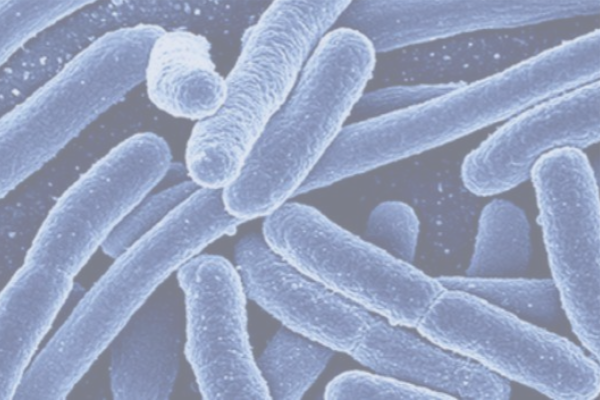Understanding E. Coli in a Food Processing Context
What is E. Coli?
The Escherichia Coli bacteria shown under a microscope
We all know that E. coli is a threat to human health that is transmitted by food. But what foods specifically? How is it controlled and how can we protect ourselves from it as eaters and food producers?
The Basics:
Escherichia coli is a bacteria that produces a toxin called “Shiga”, that can cause food borne illness and even death.
Associated Foods:
Raw ground beef
Raw seed sprouts
Raw milk
Unpasteurized juice
Foods contaminated by fecal matter
Transmission:
Human-to-Human or via contaminated food.
Incubation Period:
Usually 3-4 days after exposure, but it can range from 1-9 days.
Symptoms:
None (it can be asymptomatic)
Diarrhea
Bloody Diarrhea
Kidney failure
Control Measures (i.e. how we stop it)
Cooking food to 155º for 15 seconds will kill E. coli.
No bare hand contact with ready-to-eat (RTE) foods
Strong employee health policies (i.e. no sick employees handling food)
Hand washing
Prevention of cross-contamination
Pasteurization or treatment of juice
The Bottom Line:
E Coli is a dangerous bacteria that can be transmitted via food and cause tremendous harm. At the same time, it’s something we can control quite easily and, if you are taking appropriate precautions, should not be something to worry about.
If you have more questions about how to control E. coli, ask in the comments section below.










